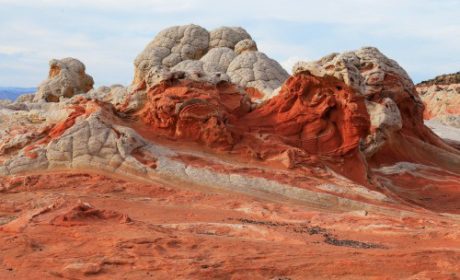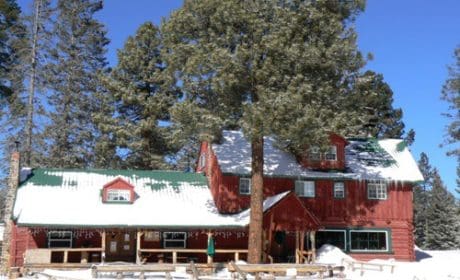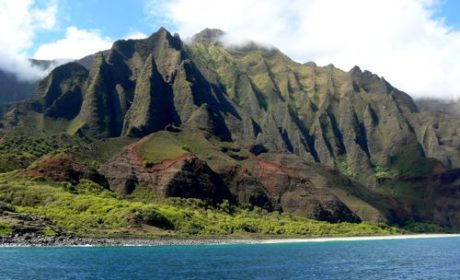If you are looking for multigenerational fun for your family, there’s no better choice than a dude ranch. For years, the American West, and especially Arizona, has been home to many guest ranches that provide a way for families to develop western skills like horseback riding while experiencing cowboy culture.
Debi Lander of ByLanderSea, recently traveled to White Stallion Ranch in Tucson, Arizona, for a multigenerational trip. She shares her family’s experience and what you can expect on a multigenerational dude ranch trip.
Although I frequently travel solo, I flew to Tucson, Arizona, to spend a little time with my son, his wife, and their four children for some multigenerational fun. We were headed to the White Stallion Ranch, a three-generation family-owned and operated historic guest ranch.
The facility follows a legacy of the founders: to preserve the Western way of life and provide guests with an authentic Western experience. With over 3,000 acres of land, guests enjoy plenty of room for a plethora of activities including many trail rides through the beautiful, but rugged, Tucson mountains. White Stallion is one of only two surviving dude ranches in the Tucson area.
Table of Contents
White Stallion Ranch: experience the authentic American West
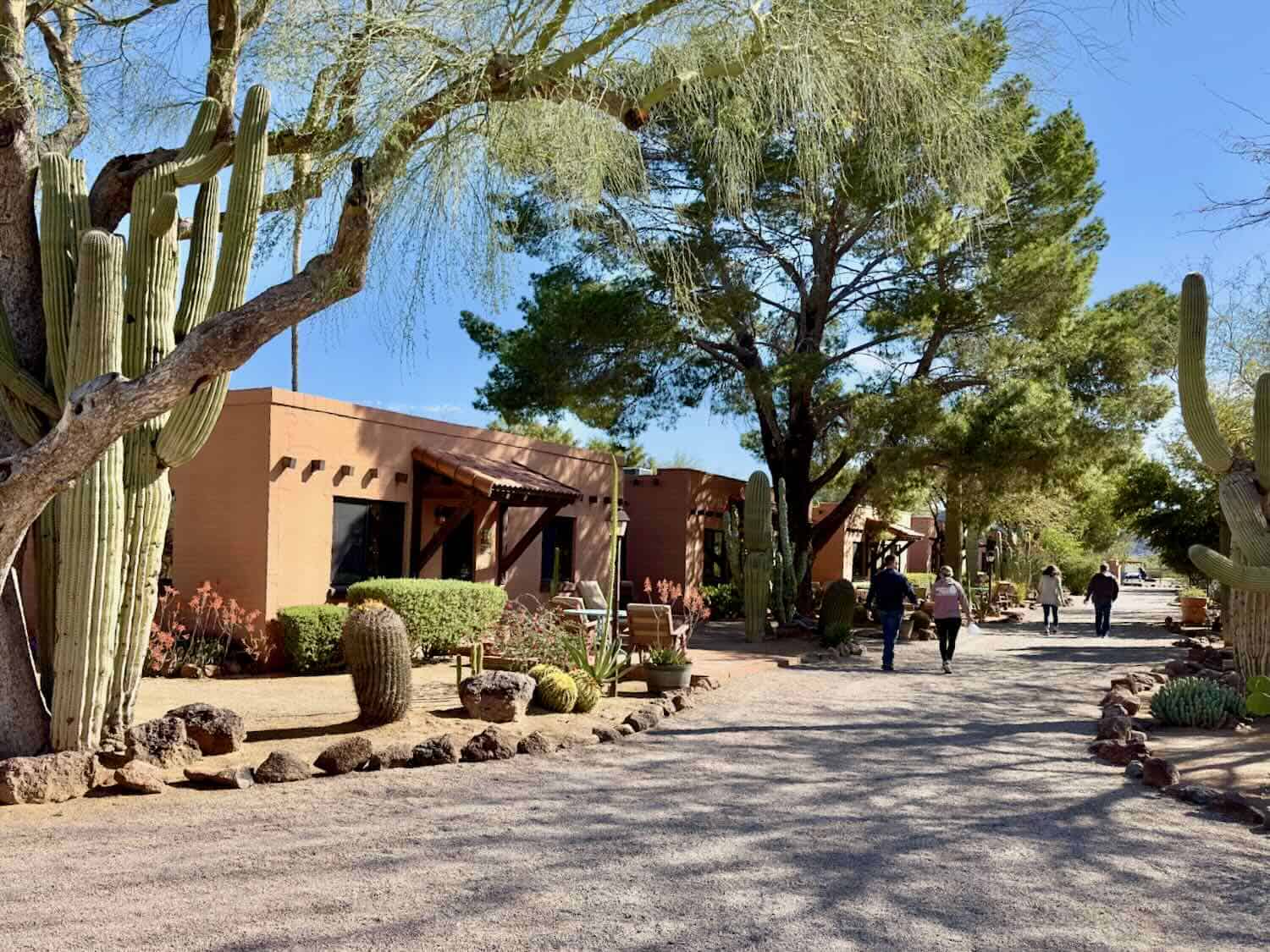
Less than an hour after we drove in the gates of White Stallion (book here), all seven of us were in the saddles and taking a trail ride across the prickly pear and giant saguaro cactus landscape. The moment became this grandmother’s delight. I, an inexperienced equestrian, was riding horses with my family in the West.
The mountains and the Sonoran Desert ahead of us made an extraordinary backdrop, so much so that the location has appeared in many movies and television shows, such as “The Lone Ranger and the Lost City of Gold” with Clayton Moore and Jay Silverheels and The New Maverick – 1978 James Garner TV movie.
Over the years, many notable guests made their way to the ranch, including John Wayne, Clark Gable, and even the Queen of England.
Today, the White Stallion Ranch offers 41 spacious guest rooms and a four-bedroom hacienda with the amenities of a fine resort. My family checked into two large adjoining rooms with wooden paneling, western-themed décor, posh bedding, oversized bathrooms, and an outdoor fireplace.
Things to do at White Stallion Ranch
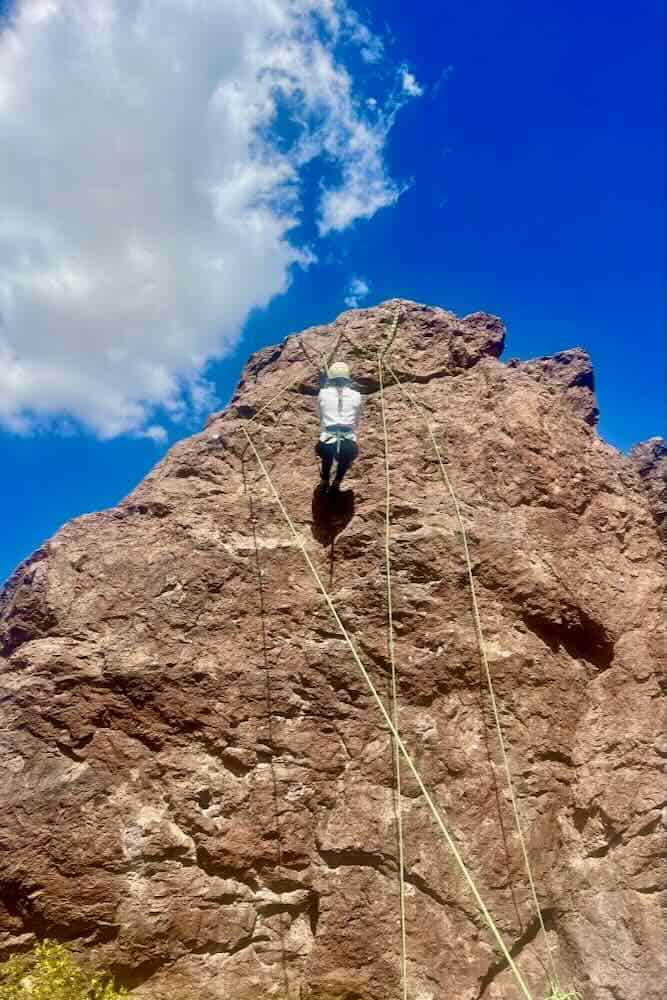
Time spent at a dude ranch becomes much more than scenic trail rides. You choose from a slew of activities and schedule them a day ahead using an app.
We shot arrows at targets on the archery range and went rock climbing. The two older girls rode E-bikes (electric) while others hit the heated pool. I shot a 22-caliber rifle and pistol (at targets) for the first time.
My multigenerational group was busy and having fun from sun up to sun down, and the kids never missed television (T.V.s are not in the guest rooms). Instead, they met others and played chess, air hockey, and basketball.
Horseback riding for every level of experience
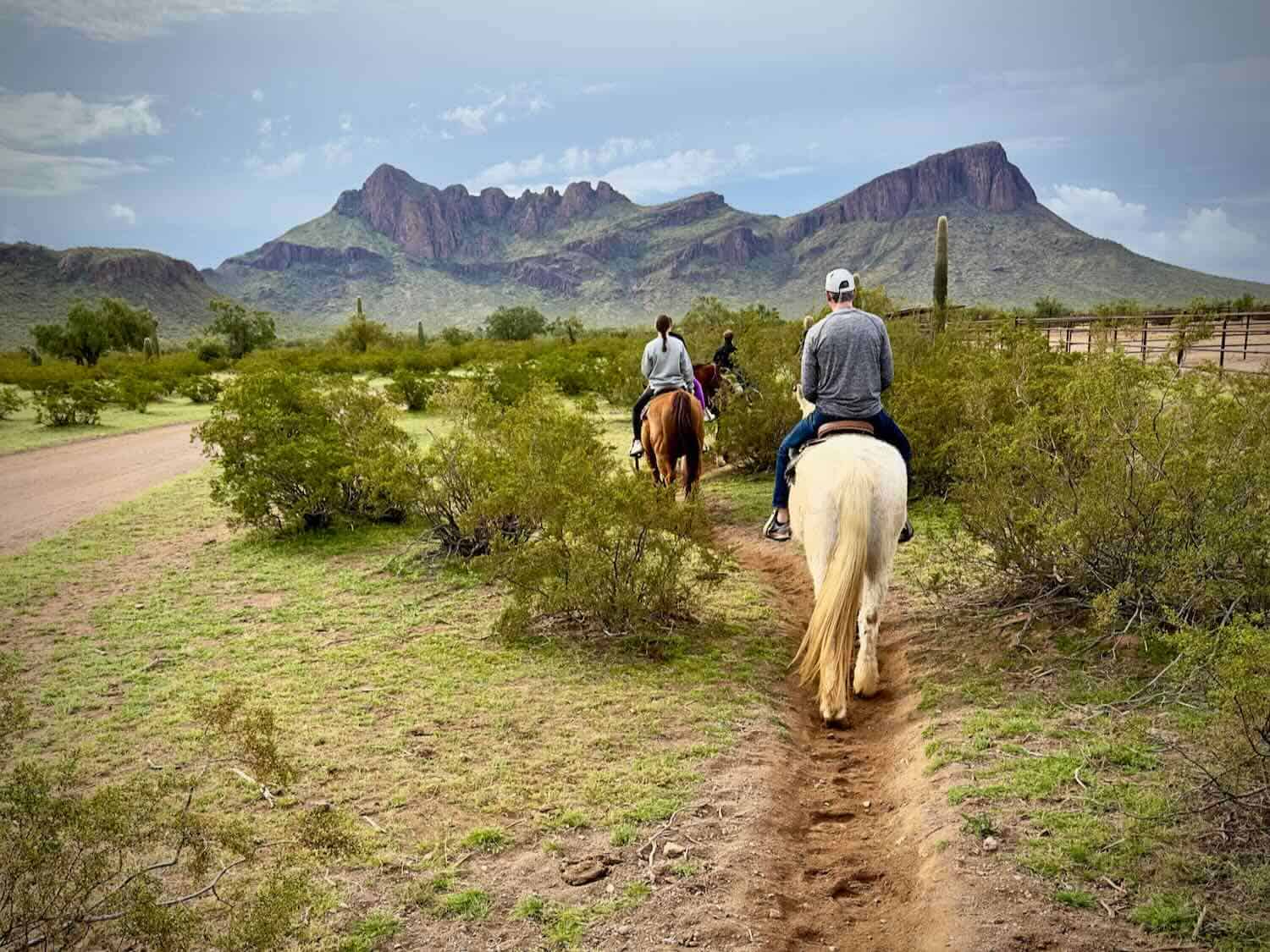
One morning, I rode up and down Suicide Pass, overseeing my horse place each step. The steep, rocky terrains seemed scary for me but rewarding, too. The ranch offers team cattle penning, roping lessons, and a weekly rodeo where the ranch handlers rope, barrel race, and steer wrestle.
I rode Custer, a Norwegian Fjord horse that was slow but steady. My granddaughter Kate qualified for and took her horse, Comanche, on a fast lopping trail ride.
What made our days notable were the welcoming and helpful staff at White Stallion. The wranglers know how to pick an appropriate horse for every rider. They match your weight and equestrian experience (or lack thereof) with the correct steed.
Relaxing hospitality of a traditional dude ranch
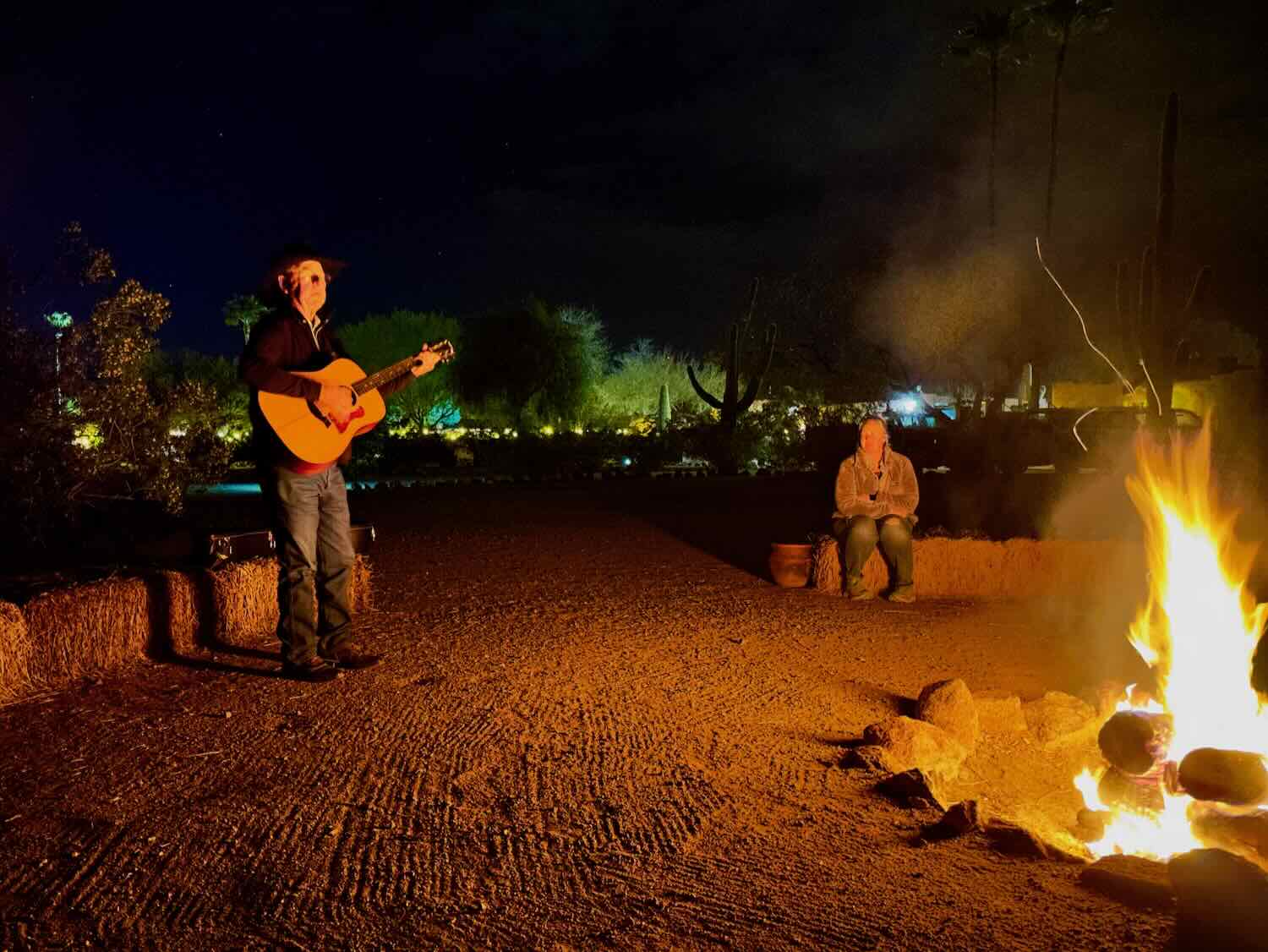
My family and I sat around a campfire, listened to a country western singer, and went line dancing one night. We didn’t find time to watch movies in the theater or use our outdoor firepit.
Duncan Slidell, whom we met, was attending a family reunion. He said, “Our family of 13 had plenty to keep us occupied. The trip’s highlight was sitting around the fireplace with my father and all of his grandkids as he sang along to old cowboy songs.”

The strange thing was while we were active, we were relaxed. No need to cook or clean up, no need to carry a wallet, adults can help themselves to cocktails at the honor system bar, and everyone can lay back and bask in the starry night sky.
Admire the Sonoran Desert landscape
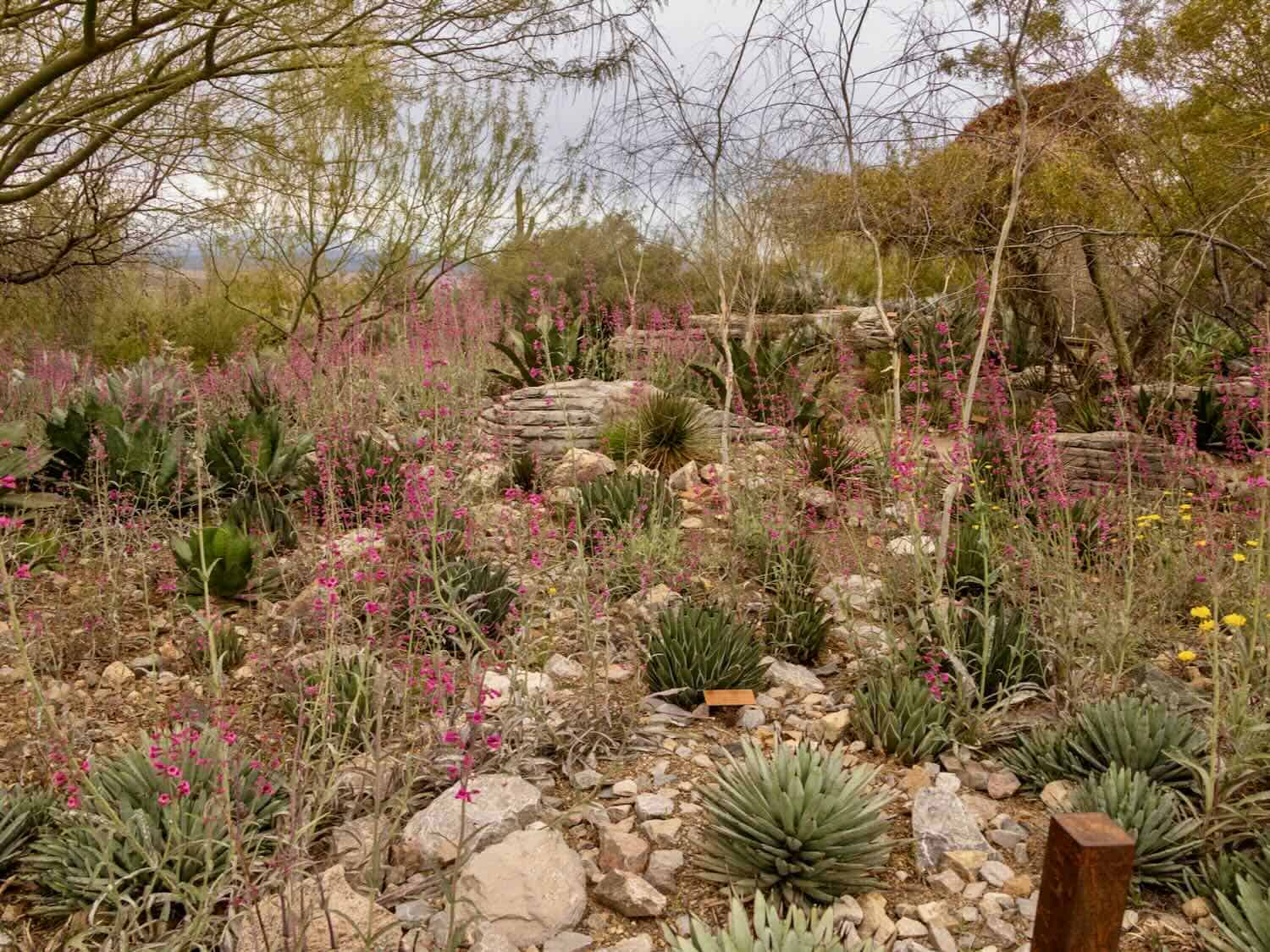
The grounds were immaculate since gardeners tended to the desert plants and flowers every morning. I was captivated by a little cactus wren peeking his head out of a hole in the cactus.
Delicious food
The dining room featured indoor and outdoor tables, buffet meals, and custom-order breakfasts. Steaks were pre-ordered at lunch and grilled rare, medium, or well done at dinner. The cooks made and presented my son with a surprise birthday cake.
Don’t miss the breakfast trail ride
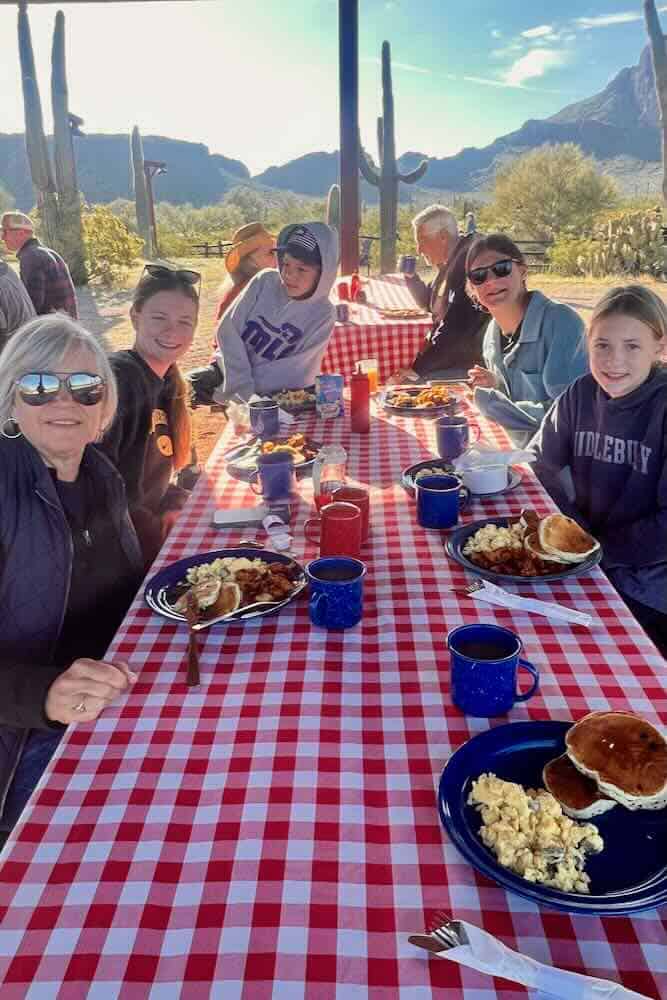
On our last morning, we all took a breakfast trail ride together. We dismounted our horses at an area with red and white plaid tablecloths draped over picnic tables. The ranch owners were behind grills serving blueberry pancakes, eggs, bacon, sausage, and coffee in blue tin cups.
I didn’t become a cowboy in such a short time, but I sure felt the allure of the Western ways. I now understand how a family dude ranch vacation may be one of the best getaways ever. It certainly ranks high in my memories (and I have experienced many exotic trips).
Overall, the White Stallion Ranch is a unique and historic destination that provides guests with a glimpse into the rich history and culture of the American Southwest.
Boomer Travel Tip
The Arizona Benchmark Road and Recreation Atlas is essential for exploring Arizona. Here’s the latest edition.
Save time to explore Tucson
I arrived two days early to visit Tombstone, Saguaro National Park, and other highlights in the Tucson area. If time permits, I definitely would encourage these additions to the dude ranch experience while in the area.
Saguaro National Park
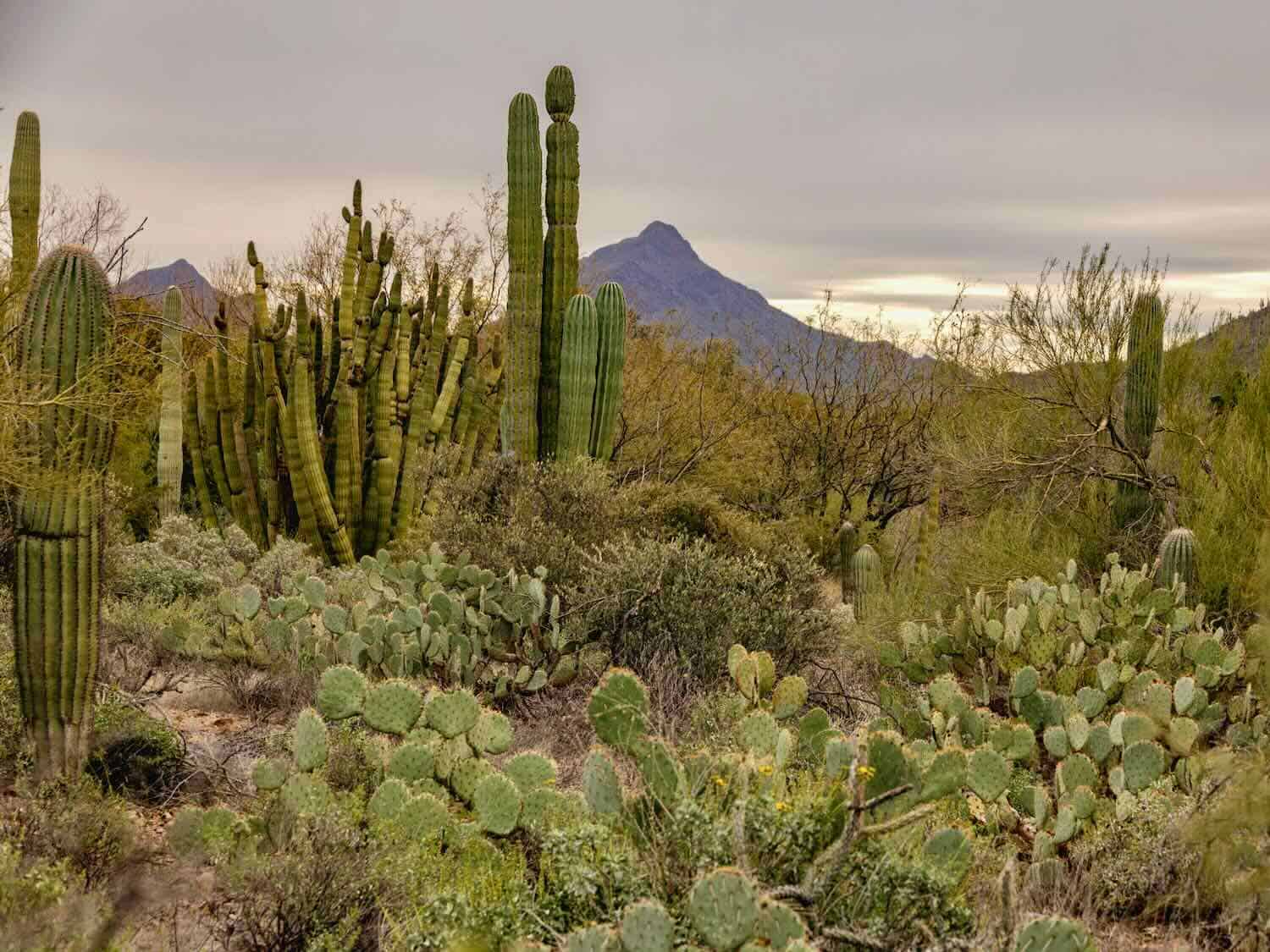
A visit to a National Park always fulfills me, and Saguaro National Park (suh-waa-row) in Tucson, Arizona, kept the streak going. The Sonoran Desert is the only place in the world where the iconic Saguaro cactus grows.
Standing beside tall tubular cacti over 150 years old, I felt humbled and awe-struck. The giant but slow-growing plants bud their first limbs as senior citizens – 60-70.
Thankfully, the saguaro is protected within two national park sections straddling opposite sides of the city. They cover 143 square miles and include almost 2 million prickly plants.
No Reservations needed at Saguaro NP
While less dramatic than Yellowstone or Yosemite, Saguaro National Park is easy to get to, and you need no reservations. Most folks can cover it in one day.
Saguaro West
There are two entrances to Saguaro National Park (official website); the most popular is the Tucson Mountain District (TMD) or Saguaro West. The TMB offers a denser growth of the saguaro and more scenic drives.
The other section, the Rincon Mountain District (RMD) or Saguaro East, offers more rugged and remote areas. The distance between the two is 30 miles, but allow 45-60 minutes by car.
I drove to Saguaro West from downtown Tucson, following Gates Pass Road, a challenging two-lane street that traversed up, down, and around the scrubby landscape. Focusing on the drive is difficult because you want to stare at the ridiculous beauty around you. Drivers must be cautious, keep their eye on the narrow roadway, and only sightsee the terrain once they stop at overlooks.
What to See at the Red Hills Visitor Center in Saguaro West
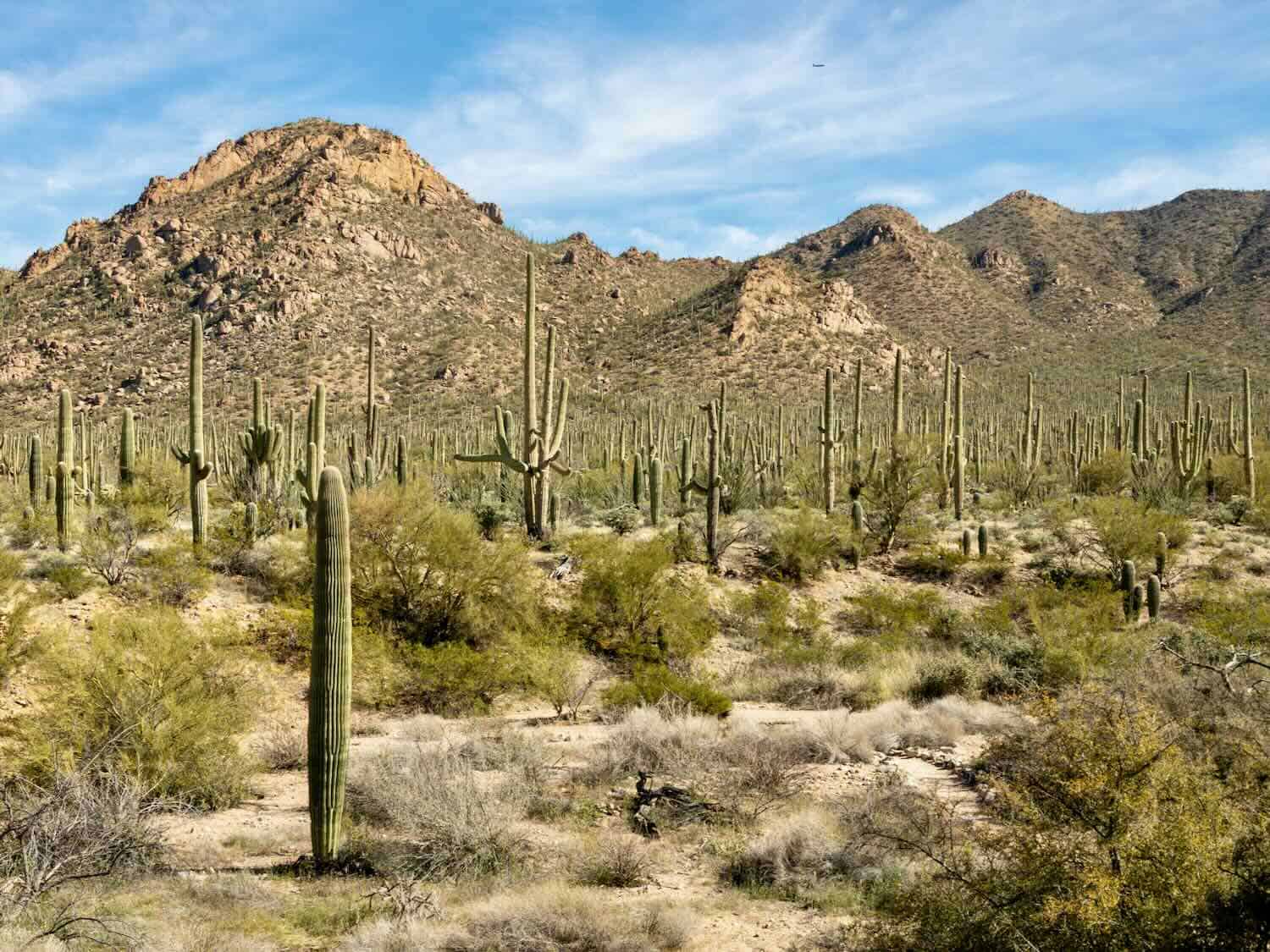
I couldn’t help but pull off to take some landscape photos before I approached the park entrance. When you see the official National Park entry, stop if you want to take a picture of the sign. The Visitor Center rests further down the road.
At Red Hills Visitor Center, you’ll find a big parking lot, restrooms, water fountains to refill water bottles (the park does not sell plastic bottles), plants with helpful identifying signage, and even a few trails around the building.
Once inside, you can obtain information about the current Ranger-led programs, including guided hikes, campfire talks, and stargazing events. The Park Rangers answer questions and provide handouts to help with specific needs. I asked about sunrise and sunset photo locations and received a sheet with sites and tips.
I also watched the introductory video about the park, which spoke more about environmental protection and native history than the saguaro. However, when the curtain rises at the film’s end, the rear window reveals an incredible panoramic view.
The Visitor Center glass-enclosed displays highlight desert plants and wildlife, including the saguaro, prickly pear cactus, barrel cactus, javelinas, coyotes, and desert tortoises.

Did you know Arizona’s state flower, the saguaro cactus blossom, blooms for less than 24 hours? It starts in the early evening and fades by noon the following day. It’s a short window, but bats and early-morning honey bees quickly work the nectar and facilitate cross-pollination.
Visit mid-April through the first week of June to see the cacti blooming.
The center also includes a relatively small gift shop and a place to stamp National Park Passport books.
What to Do in Saguaro National Park
The main park activities are hiking, photography, and bird watching. Start early to avoid the day’s heat if you plan to hike.
Saguaro National Park offers over 165 miles of hiking trails, providing various experiences, from easy walks to more challenging backcountry treks. Popular paths include the Valley View Overlook Trail and the King Canyon Trail.
Some unique photography spots include the Signal Hill Picnic Area petroglyphs and the Javelina Rocks in the eastern park area.
For those pressed for time, or if the heat is too overwhelming, you can drive around the park without getting out of your car.
Drive the Bajada Loop
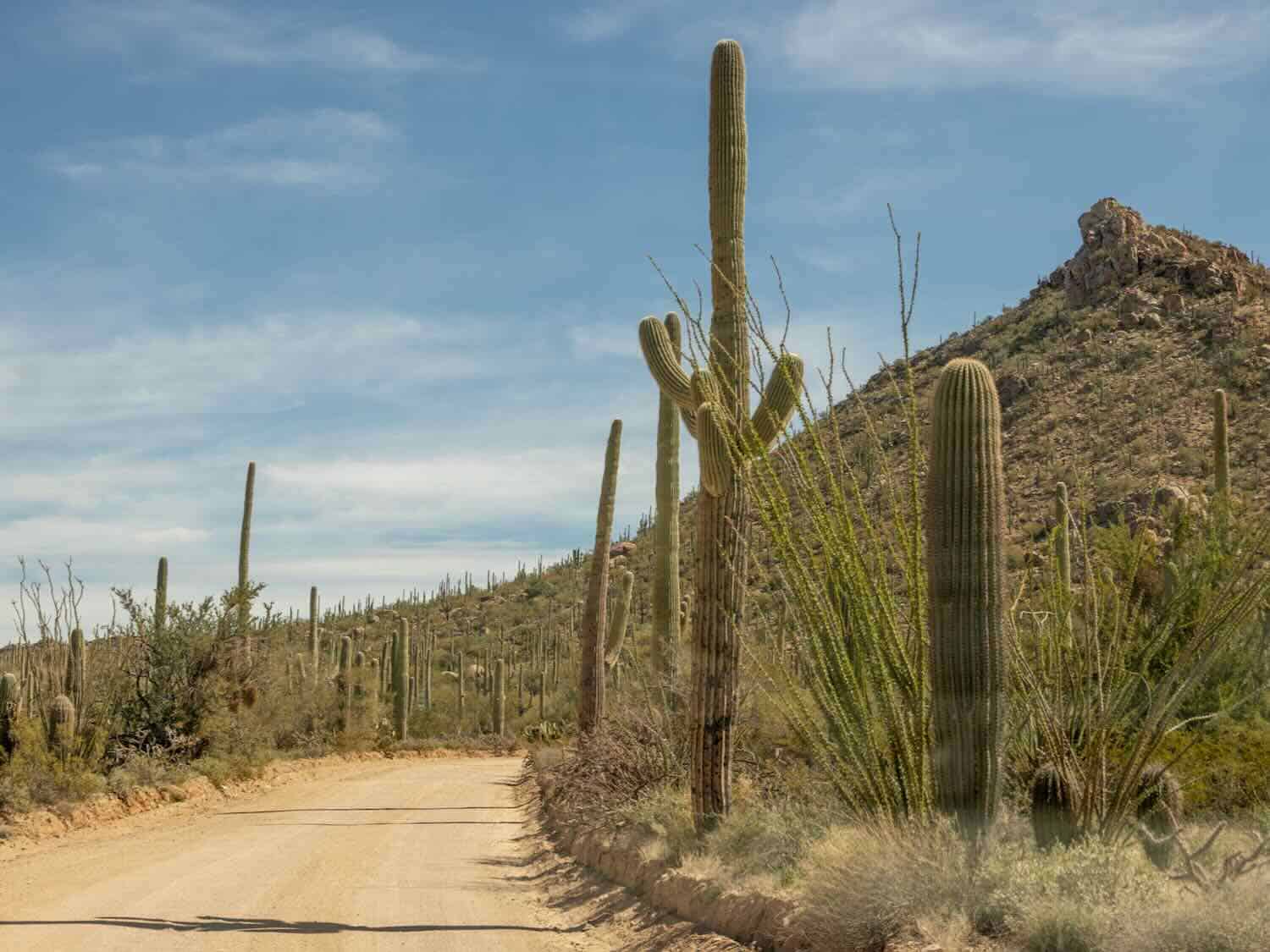
I chose to take a spin by circuiting the Bajada Loop. This 6-mile gravel drive, with a ten mph speed limit, offers sweeping Tucson Mountains and the Sonoran Desert vistas. I pulled over several times to use my camera and walk closer to the cacti.
Unfortunately, when I turned off the trail to hike to the Signal Hill petroglyphs, the parking lot was packed to capacity. So, I missed that opportunity and drove on.
The Cactus Forest Loop Drive is an 8-mile paved road that winds through the park’s saguaro forest in the eastern district.
Many birdwatchers enjoy the approximate 200 bird species within the park.
Boomer Travel Tip
Saguaro National Park closes at sunset, so if you come to photograph or observe, you must leave soon afterward.
Arizona Sonora Desert Museum
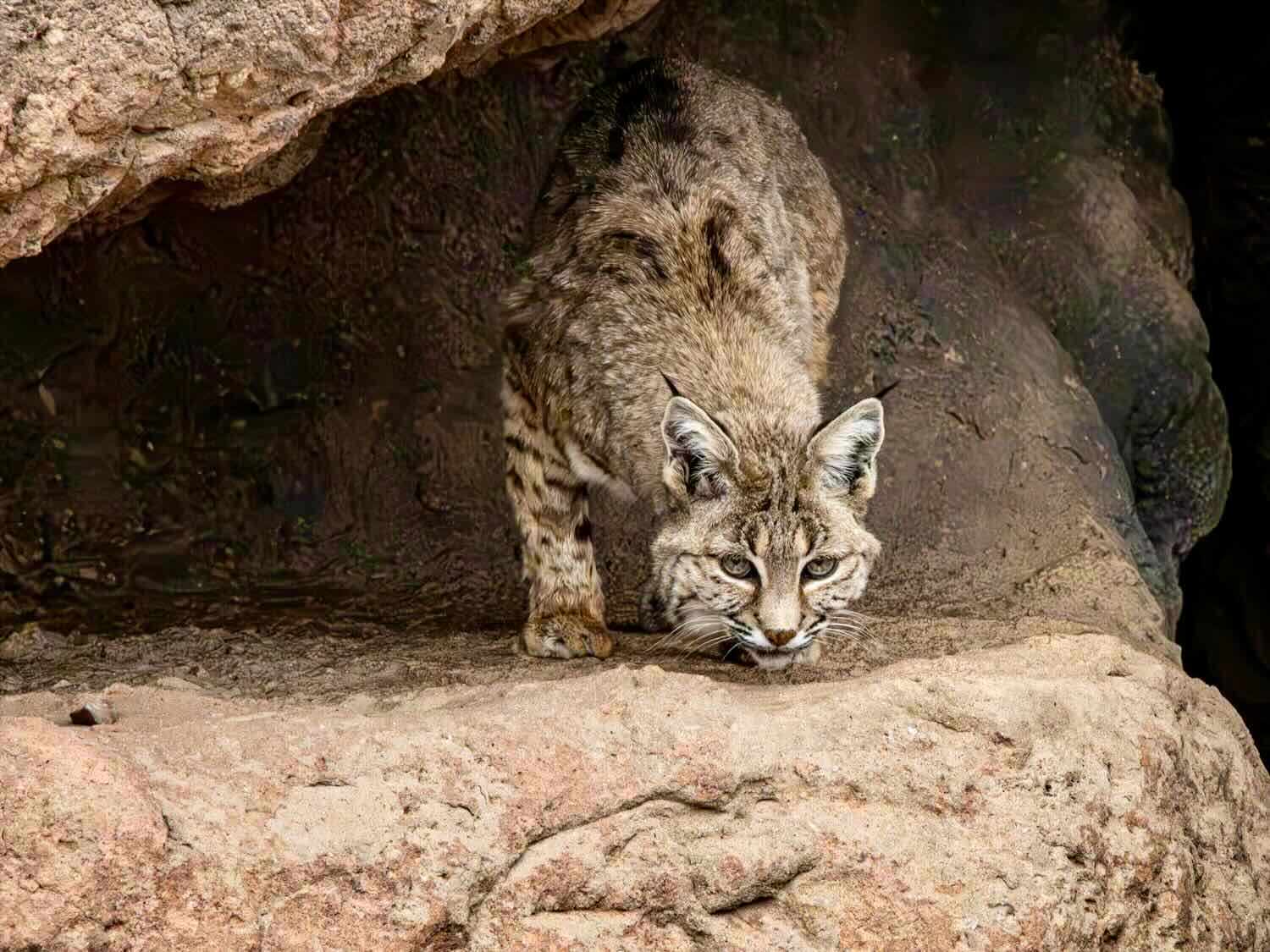
I passed the Arizona-Sonora Desert Museum (official website) when driving to the West entrance of Saguaro National Park but returned the next day. This popular facility—part zoo, part botanical garden, part history museum, and part art gallery deserves a visit. You could spend an entire day here.
Sonoran Desert flora and fauna include 1,200 plants like agave, green-barked palo verde trees, cholla, and prickly pear cacti. The gardens are standouts, but the animals drew my interest.
Exhibits feature javelinas, bobcats, mountain lions, Mexican gray wolves, insects, snakes, hummingbirds, and more. As you meander the trails, you will encounter some interactive exhibits especially enjoyed by children. I loved this place and highly recommended it as part of a Saguaro National Park tour.
San Xavier del Bac Mission
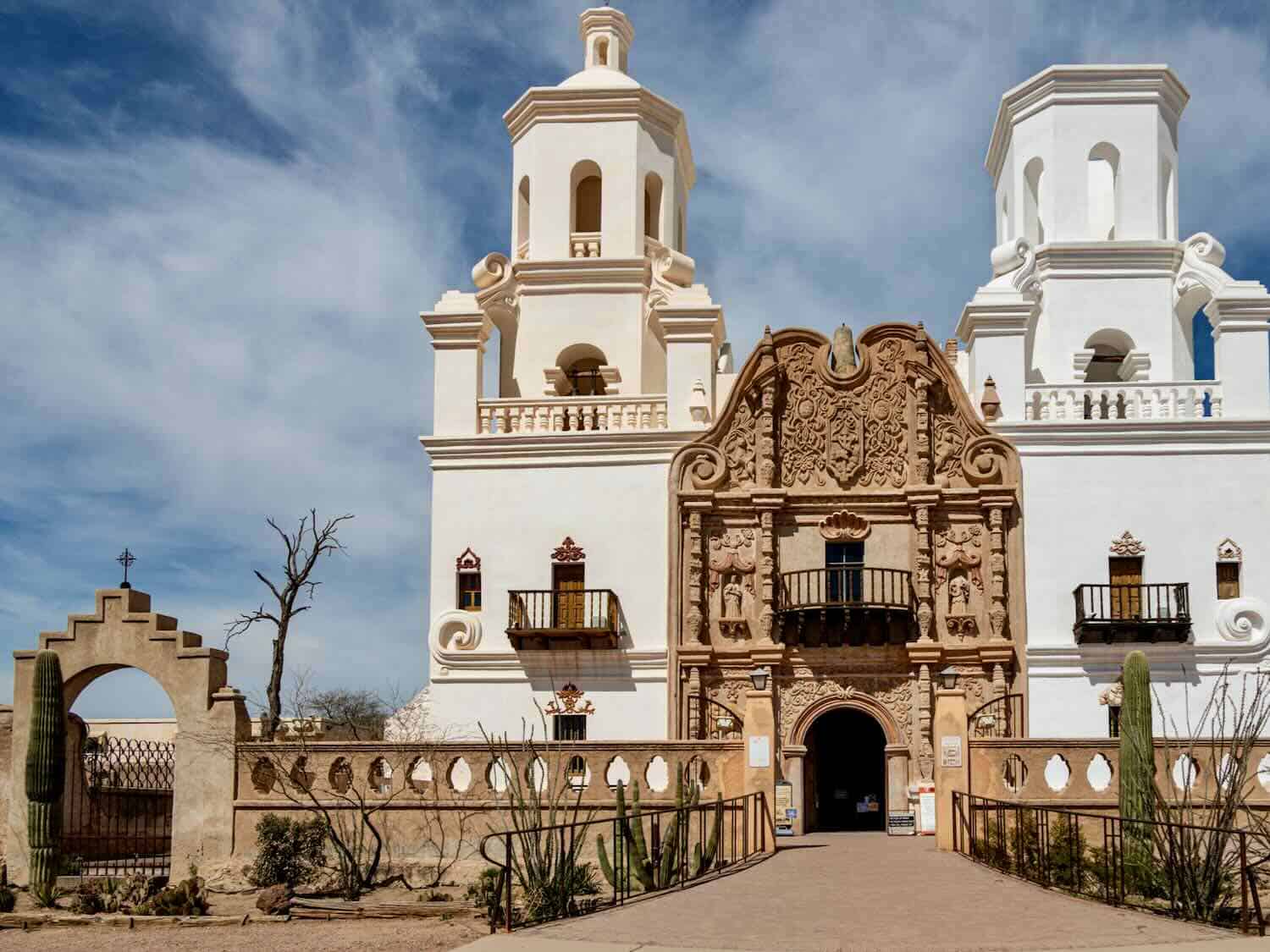
I also recommend visiting San Xavier del Bac Mission, a historic Spanish Catholic mission church ten miles from downtown Tucson. The stunning white stucco façade with two towers appears out of nowhere on a large sandy lot.
The 200-year-old mission started in 1692 and continues in operation today. The current structure dates back to 1783.
Experts regard San Xavier del Bac Missiona s one of the best examples of Spanish Colonial architecture in the U.S. It’s often called the Sistine Chapel of the New World. Since I’d recently visited San Miguel de Allende in Mexico, I found the architecture similar to Mexican cathedrals.
The interior showcases a colorful painted ceiling and niches with carvings of saints. Like in Mexico, many statues wear cloth outfits. The beautiful gold altar was under renovation, but the church is still very much worth a visit.
San Xavier del Bac Mission remains a Catholic pilgrimage site. Take time to go into the side chapel, where you’ll see objects brought by pilgrims.
A very short hike up the hill provides an imposing landscape view. Today, Franciscan Catholics run the mission and continue to serve the Tohono O’odham Nation.
A few tips for visiting San Xavier del Bac
Members of the tribal Nation prepare food in tents on the side of the parking lot.
Excellent docent-led tours are available on weekdays. Check the mission website for details.

